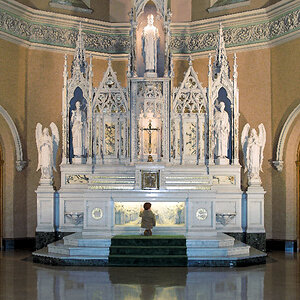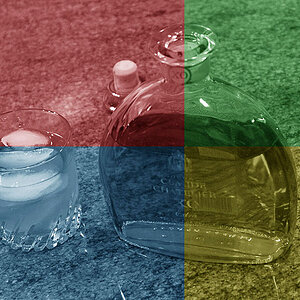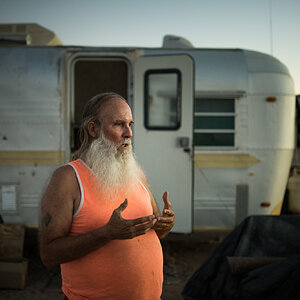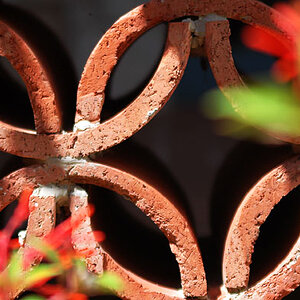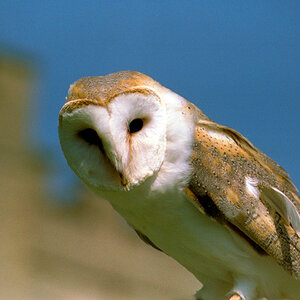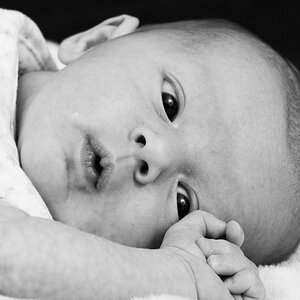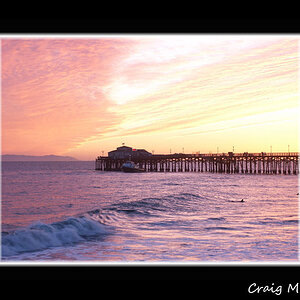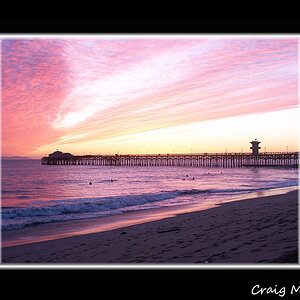mrpink
No longer a newbie, moving up!
- Joined
- Jan 8, 2010
- Messages
- 1,962
- Reaction score
- 328
- Location
- Cincinnati, Ohio
- Can others edit my Photos
- Photos OK to edit
Kevin. I am reading your signature and nodding in agreement.
The bad part is, I do not see you improving... Please re-read this thread and practice the advice given.
p!nK
The bad part is, I do not see you improving... Please re-read this thread and practice the advice given.
p!nK


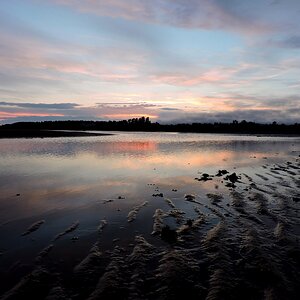
![[No title]](/data/xfmg/thumbnail/42/42464-98a778e864f4e6df2a9cc673b7549322.jpg?1619740192)
